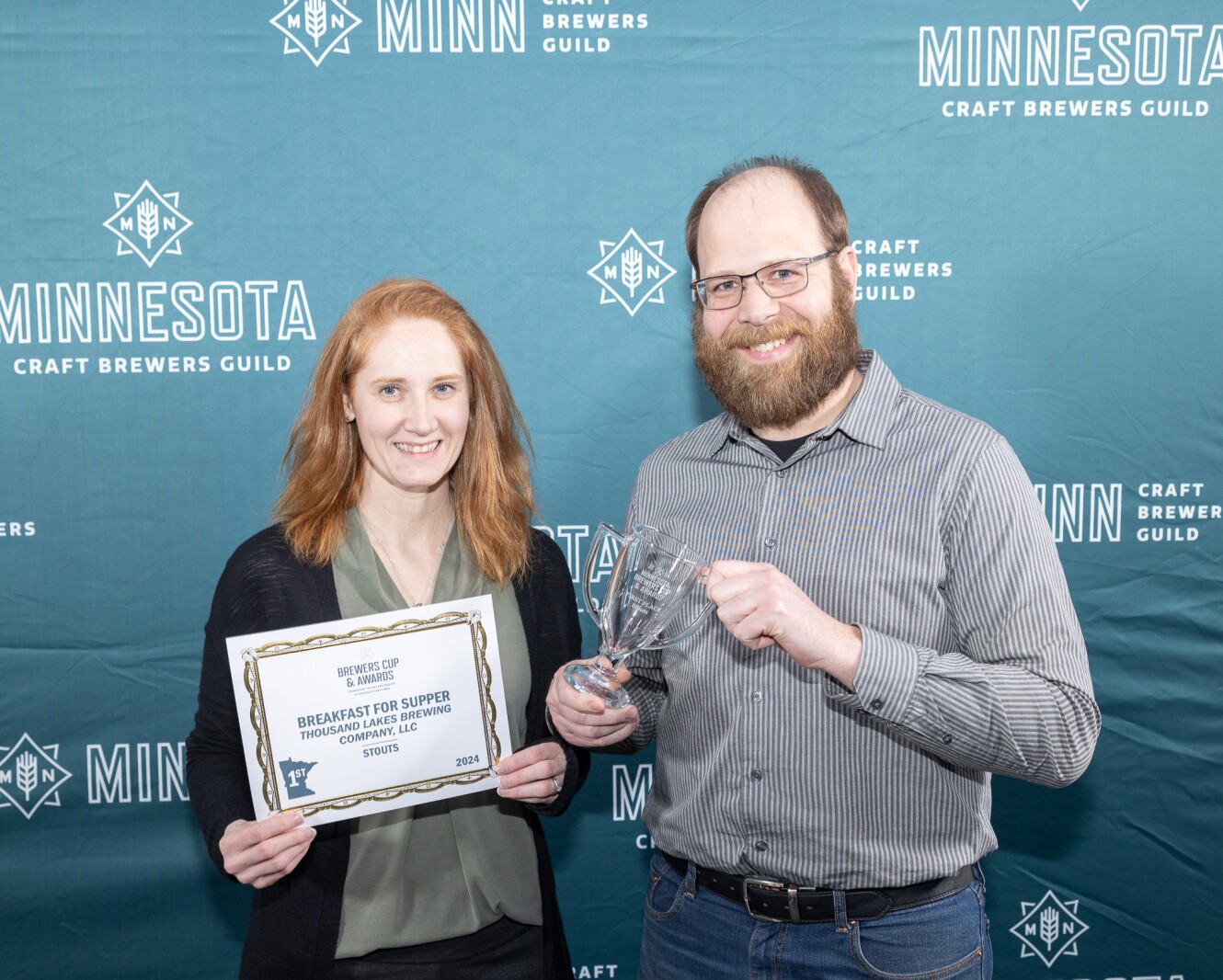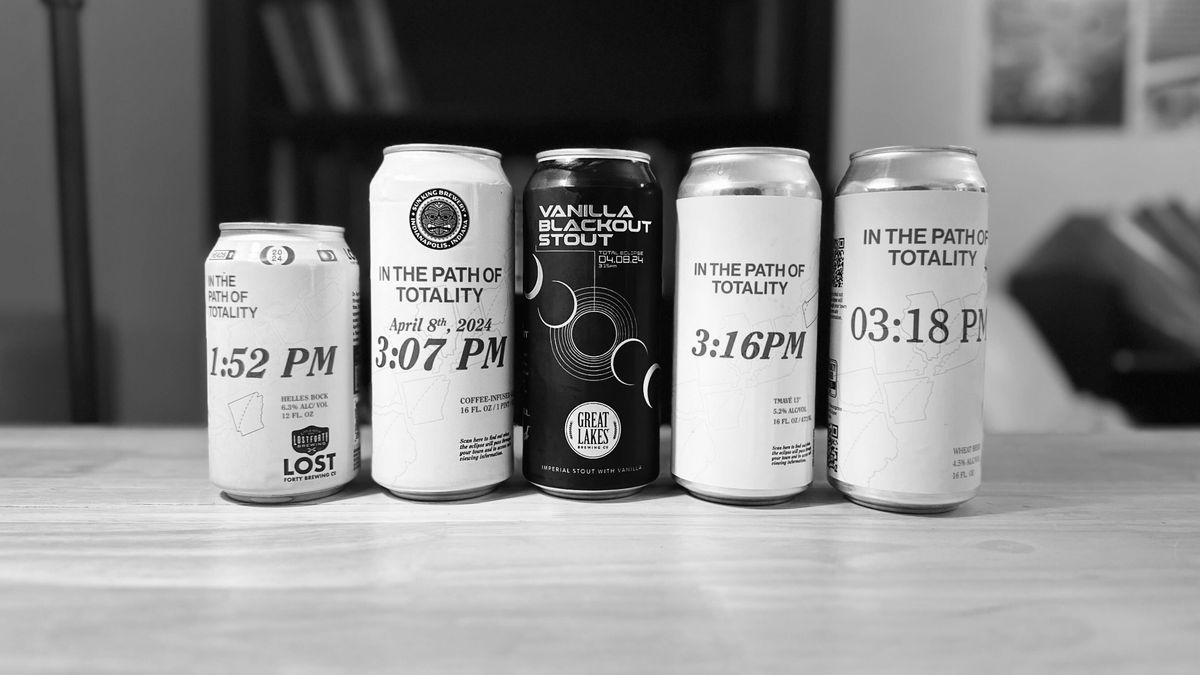Unlocking the Potential of Biosorption in Electronic Waste Recycling
The challenge of electronic waste recycling is growing exponentially with the surge in the production of electronic devices worldwide. A groundbreaking strategy involving spent Brewer’s yeast has shifted the narrative, presenting a sustainable avenue for recycling. This approach not only dovetails with the efforts to combat electronic waste but also showcases the untapped potential of biosorption in this crucial field.
The Complex World of Electronic Waste
Electronic device waste stands as a formidable challenge in our fast-evolving world. The crux of the problem lies in the herculean task of separating mixed metals, a fundamental step in electronic waste recycling. Enter the innovative use of spent brewer’s yeast – a byproduct of the beer brewing process, now at the forefront of an eco-friendly solution to this issue. Thanks to research and advancements in biosorption, spent brewer’s yeast has emerged as a cheap, abundant, and environmentally-friendly resource.
Spent Brewer’s Yeast: A Green Hero
What makes spent brewer’s yeast a key player in the electronic waste recycling arena? Its ability to selectively capture metals through a process known as adsorption lights the way. This not just simplifies the separation of metals but does so in a way that’s both cost-effective and kind to our planet. Moreover, the viability of reusing yeast underscores a commitment to the sustainable mantra of reduce, reuse, and recycle.
Electronic Waste Recycling and Biosorption: A Closer Look
When considering electronic waste recycling, the integration of biosorption heralds a significant pivot towards Sustainability. The application of spent brewer’s yeast in recovering metals like zinc, aluminum, and copper from electronic waste exemplifies an efficient, selective process. This method’s environmental and economic benefits, coupled with the reusability of the biomass, position it as a game-changer in tackling the electronic waste conundrum.
Advantages of Spent Brewer’s Yeast in Metal Recovery
| Metal | Recovery Rate |
|---|---|
| Aluminum | Over 50% |
| Copper | More than 40% |
| Zinc | Over 70% |
This table demonstrates the efficacy of spent brewer’s yeast in the recovery of economically important metals. Achieving high recovery rates showcases the potential impact of this biomass in enhancing electronic waste recycling efforts.
Looking Forward
The exploration of biosorption, particularly through spent brewer’s yeast, in electronic waste recycling, opens new doors to sustainability. While the current findings are promising, the need for larger-scale real-life testing remains. Advancing this innovative method could significantly reduce the environmental footprint of electronic waste while contributing to the circular economy.
As technology continues to advance, and electronic waste becomes an ever-growing challenge, the role of biosorption in electronic waste recycling cannot be overstated. The use of spent brewer’s yeast, an otherwise overlooked byproduct, could revolutionize our approach to sustainable electronic waste management. The path ahead is bright, bearing the promise of a greener, more sustainable future for all.







